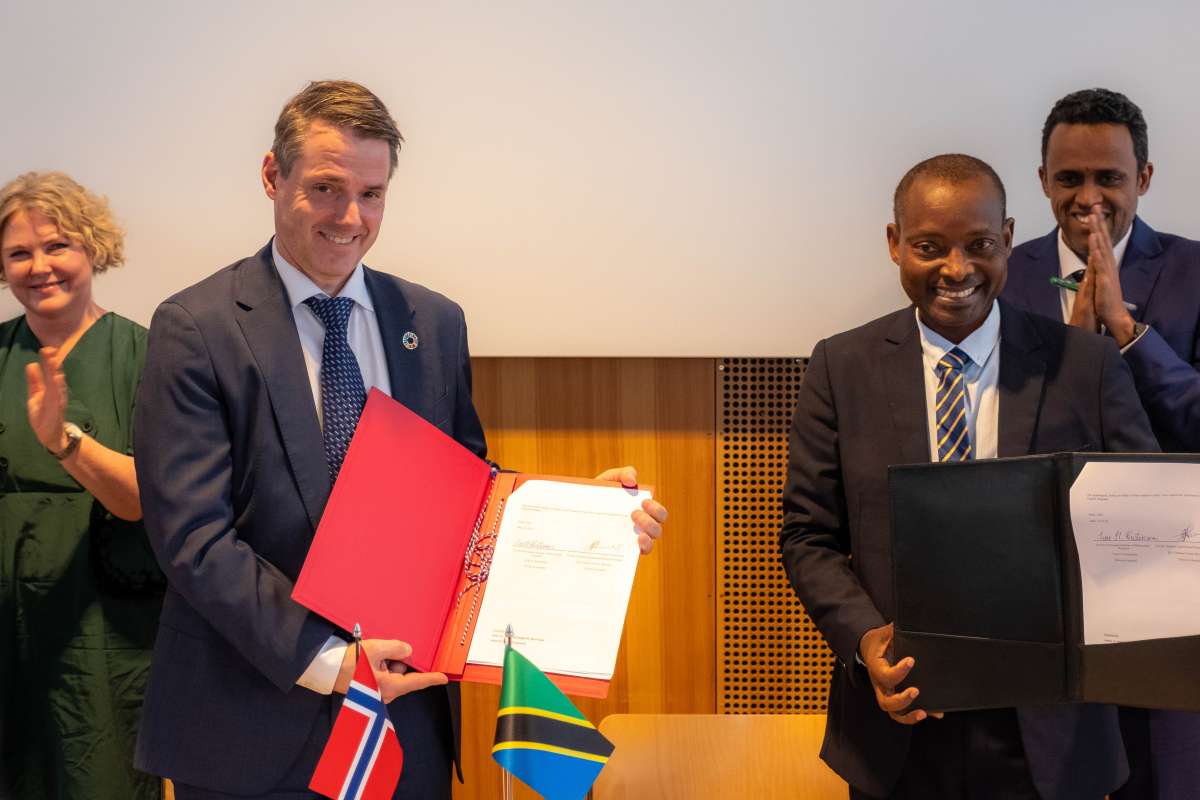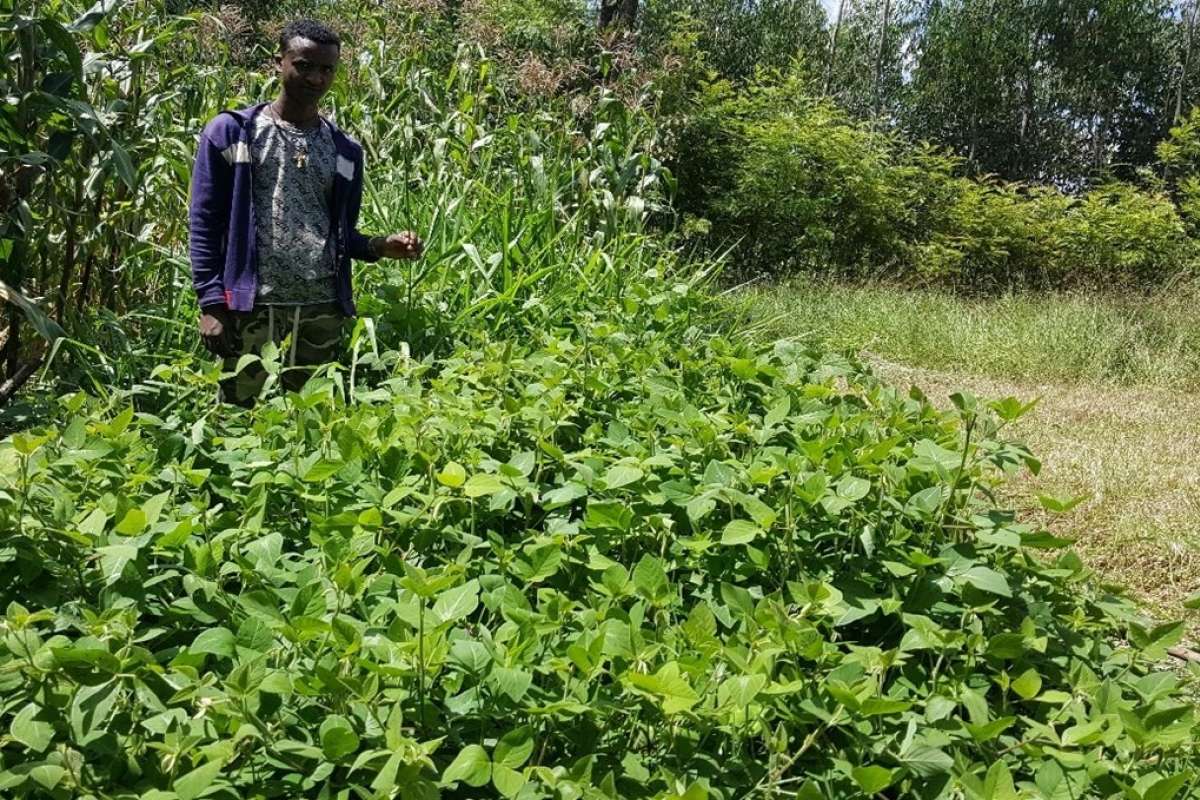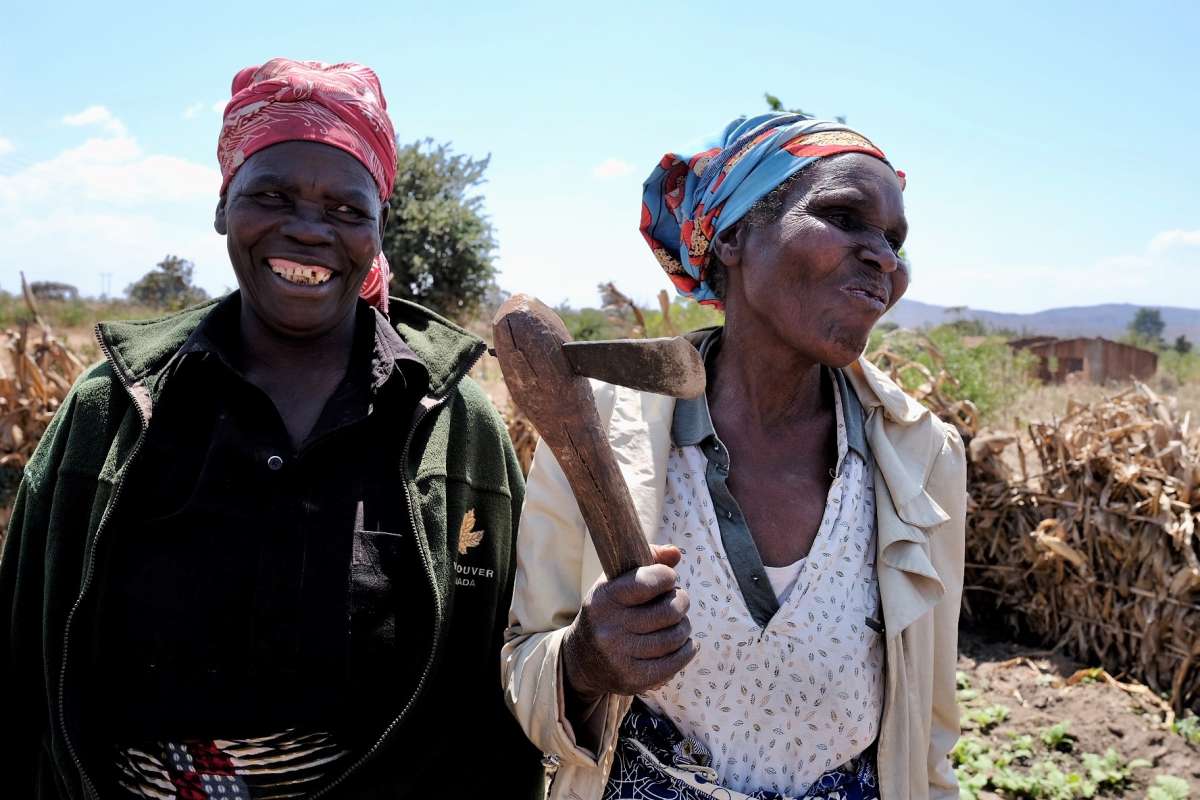Ethiopian farmers improve soil and feed with forage mixtures
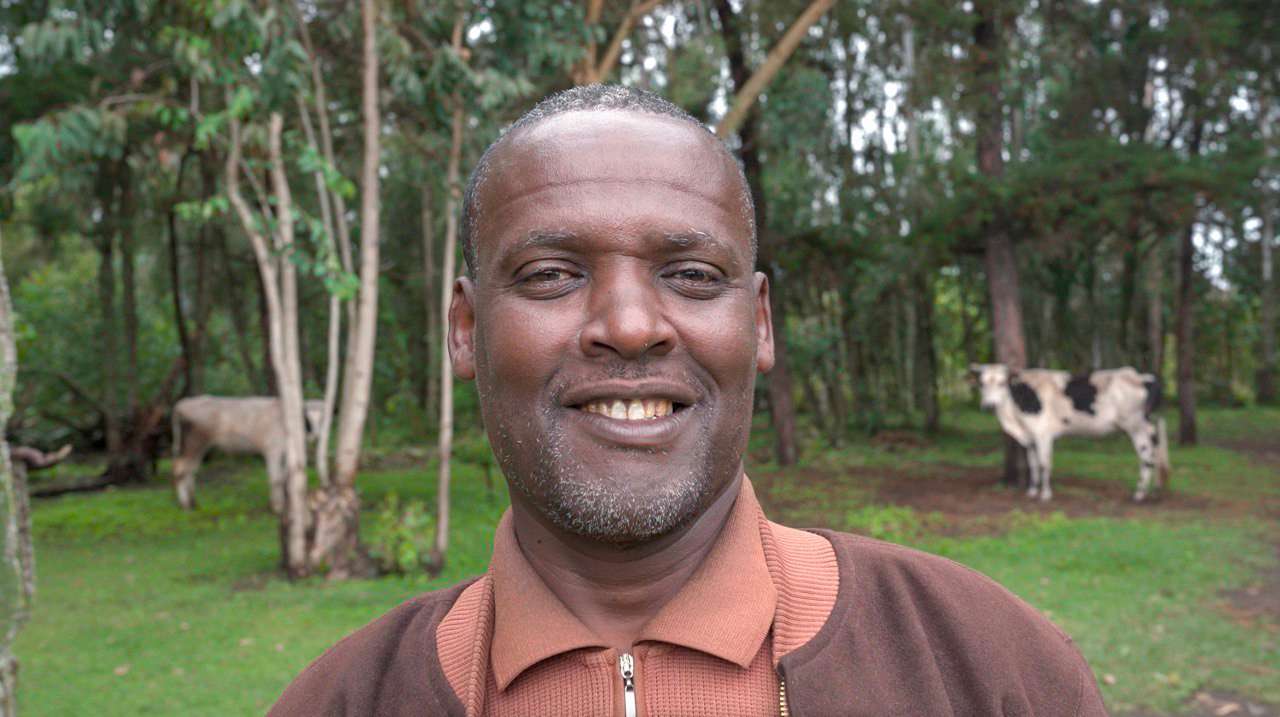
Farmer Yordanos Anju is one of 600 citizen scientists participating in the EthiopiaGrass project, led by NIBIO. In this project, farmers have helped identify grass and legume mixtures that offer both nutritional benefits for livestock and environmental advantages. Photo credit: MOPIX Media and Communication
600 Ethiopian livestock farmers have cultivated a mixture of legume and grass forages to improve soil quality and increase access to animal feed as part of a citizen science-based research project. - I now have better production, and my cattle gained weight, one participating farmer said.
Yordanos Anju is a dedicated farmer from the Bilate Zuria district in the Northern Sidama region. For generations, his family has relied on farming and livestock production.
“I earn an income through my farm. I grow foods like banana, haricot beans and false banana (Ensete ventricosum). I also have livestock and produce milk and traditional butter, he explains.
Livestock is crucial for Yordanos and his community, providing milk, meat and income. However, the widely used practise of overgrazing has caused land degradation and feed shortage in his area, hindering livestock production.
Soil erosion has become a major problem all over Ethiopia, especially impacting agricultural production and livestock. The primary contributors to land degradation are overgrazing and deforestation.
However, growing improved grass and legume species mixtures can be a measure to reduce soil erosion and improve soil quality. Perennial forage crops improve soil quality and sequester carbon, provide feed for the animals, and can additionally bring extra income for farmers through the sale of surplus forage.
Yordanos is one of 600 farmer citizen scientists that has participated in the EthiopiaGrass project, led by NIBIO. Together, they have been helping to identify multipurpose grass-legume forage mixtures that offer both nutritional benefits for livestock and deliver environmental benefits.
Creating awareness
Livestock farming provides livelihoods for millions of people and contributes significantly to the economy and food security of Ethiopia. The diverse agro-ecological zones of the country offer potential for livestock production, but the reality is a stark contrast. A large part of the feed is derived from crop residues, which further depletes soils from organic inputs. Traditional grazing lands are overgrazed, leading to degraded pastures with minimal nutritional value. This has direct implications for animal health, weight gain and reproductive efficiency. Ultimately, it hinders overall livestock productivity with direct implications on small-scale farmers’ livelihood and wellbeing.
However, conditions have improved for Yordanos since he started experimenting with cultivating a mixture of forages.
“It was last year that we received the seeds that we planted from the project. We also received support from a husbandry expert as well as experts from the project. In the past, I mostly had Guatemala grass (Tripsacum andersonii ) and Giant reed (Arundo donax). I didn’t have any grass-legume mixtures at all”, Yordanos says.
In the project, the farmers have been testing and selecting the best varieties of forage based on their own criteria. Improved grass legume mixtures offer a multitude of benefits. They do not only provide high quality feed for livestock, but also help restore soil fertility, prevent erosion and increase crop yields.
Throughout the project, the farmers have received training on issues such as how to harvest, how to remove weeds, and which areas to prioritise.
According to Girma Boge, Woreda Level Development Agent, the EthiopiaGrass project initially focused on raising awareness among farmers when they first started their work.
“We asked the farmers permission to use the land and continued teaching the farmers”, he explains.
“The expert always works with me. He helps me. He has taken such good care of me. He is always by my side, and he teaches me”, says Yordanos.
The farmer has seen promising results from the new regime:
“My cattle feed on whatever greens they find during the dry season, like false banana leaves, giant reed and corn stover. Even so, the grass legume mixture forage options are exceptional. It is suitable for the livestock and has increased milk yield. It’s good for butter production and fattening too. We believe others should benefit also, so we have been trying to get people to take the seeds of Mombasa grass and other varieties”, Yordanos says and adds:
“We are so grateful for the project; we have benefitted a lot.”
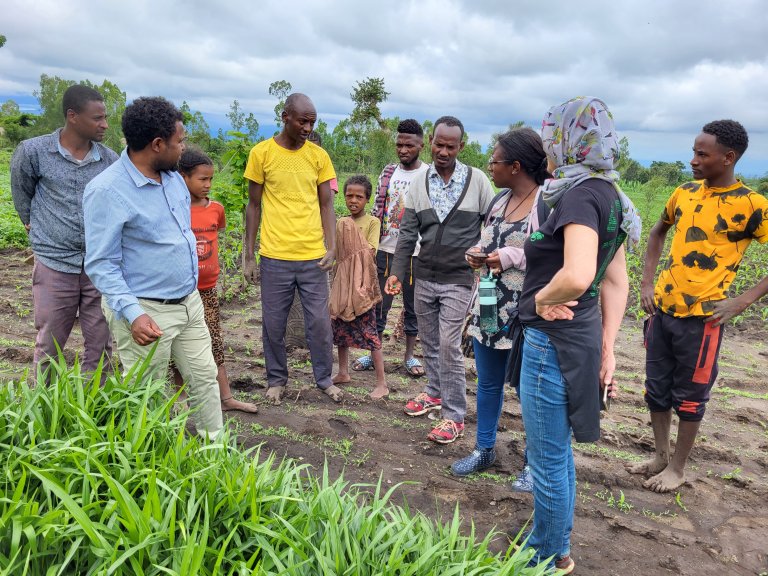
Citizen science makes a significant contribution
Involving farmers in selecting suitable, high-yield grass-legume mixture forages is crucial for widespread adoption and a greater positive impact on both livestock feed and ecosystem restoration, according to project leader Marit Jørgensen, senior researcher, NIBIO.
“The farmers received various species and mixtures to evaluate. Each farmer had three types of species or mixtures planted on their farm. They would rank these based on their preference, considering factors such as how easy they were to sow and establish, growth, harvest, colour, height, and how the animals responded.”
“We also established field experiments with single species and various mixtures of two grass and two legume species, both at the universities in the north and south of Ethiopia, and in demonstration farms in the districts.”
“Generally, we see positive results, particularly from mixing legumes and grasses, though there are some regional differences, likely due to soil conditions. Determining which species to use where is essential, as both climate and soil play significant roles. In the north, we observe a positive effect from mixing two species, whereas in the southern region, mixing one grass species with a legume shows promise, though not with the other grass species, as it tends to become more competitive and dominant”, Jørgensen explains.
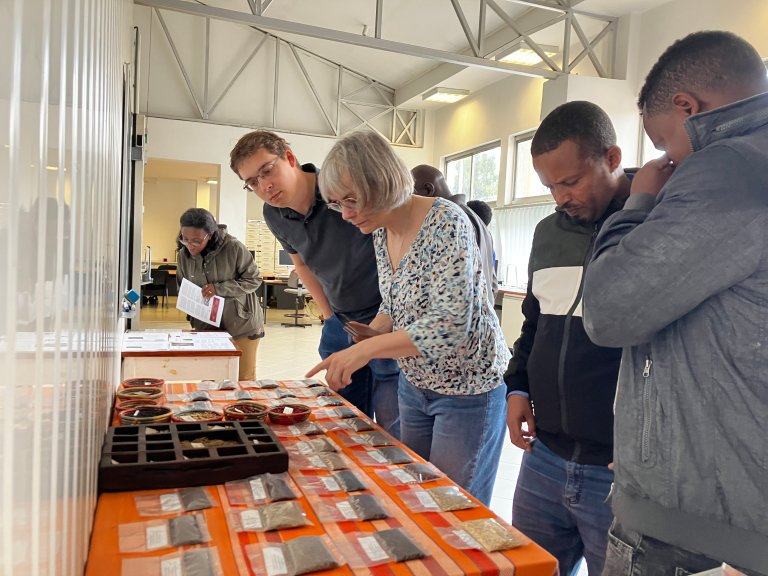
Favour familiar species
The results reported by the farmers, show that ease of establishment and harvesting are significantly important to them, she says.
“And they tend to favour the familiar species. This preference may relate to the fact that some species are planted as cuttings, while others are sown with small seeds, which can feel unfamiliar. However, legumes and grasses seem to yield best in terms of harvest.”
“Desho (Pennisetum pedicellatum, a forage grass native to Ethiopia) is the preferred choice of the farmers, especially given its favourable characteristics which are ease of establishment and harvest. Overall, though, there's minimal tradition for cultivating these types of crops; it's still quite unusual”, the NIBIO-researcher highlights.
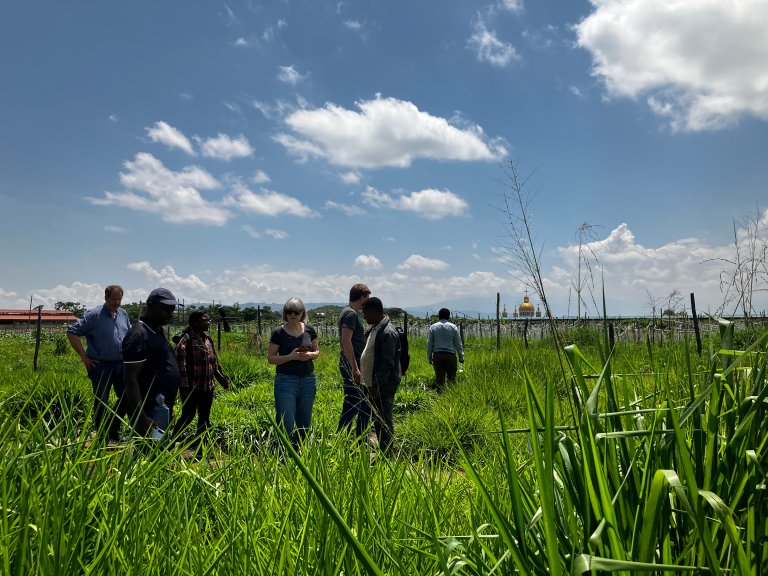
New practises
Cultivating forages can also help reduce soil erosion and with increased input of organic matter, it can improve soil quality over time.
“In connection with the project, a PhD student at NMBU is currently working in the greenhouse and in the lab, examining these interactions in more detail, focusing on how they impact different soil functions”, explains Jørgensen.
“Specifically, he is looking at whether the mixtures stimulate microbial activity in the soil, which in turn affects nutrient availability for plants. Preliminary findings indicate that legumes positively impact microbial activity”, she says.
She says the project has been very exciting, particularly since these plants have never been tested in this way before.
“Mixing legumes and grasses like this is entirely new in this region.”
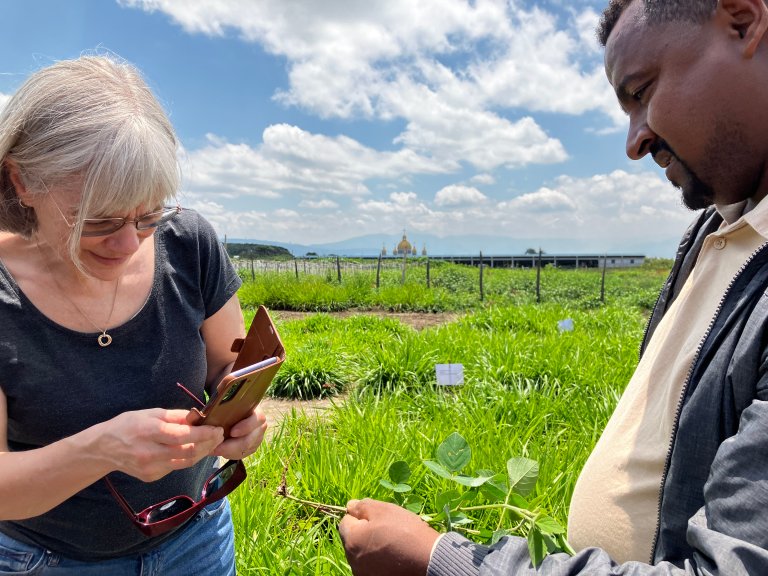
Some challenges
The next step is to scale this, and identify potential opportunities and challenges, the NIBIO-researcher says.
A significant challenge is the limited land area she says, prioritizing where to plant and if there is space for it.
“Looking forward, these crop types might also be grown on soil-water conservation structures to reduce soil erosion, or along farm and plot boundaries to provide both feed and soil conservation. They could also be tested as cover or intercrops in main crops. We see that this helps prevent soil erosion and promotes soil life. The use of perennial plants, grown over multiple years, contributes with more organic matter to the soil than annual crops through decaying roots and litter, thereby stimulating microbial activity.”
Another challenge is the limited tradition of agricultural advisory services in Ethiopia for growing forage crops like these.
“Although Ethiopia has a well-established advisory service, there has not been much focus on these types of crops, so there’s a need to strengthen advisory services”, Jørgensen emphasises.
A third challenge is access to seeds and plant material.
“Some of these species are rarely used and require imported seeds, which presents logistical issues related to customs and import costs, as well as prices. A decentralized system to propagate and distribute seeds would be beneficial.”
She says scaling up forage production, needs collaboration among farmers, government, research, NGO’s and the private sector. Investing in research, policy livestock extension services is key for wider adoption of forage practises.
By prioritizing forage production, Ethiopia can tap into the potential of its livestock and agriculture sectors. This could improve food security, rural livelihoods, and support national efforts for land restoration and environment.
Contacts

ETHIOPIAGRASS
The EthiopiaGrass project has been a collaboration between NIBIO, Alliance Biodiversity andCIAT, Bahir Dar and Hawassa Universities, Norwegian University of Life Sciences (NMBU) and Trinity College Dublin. The project is carried out in three Ethiopian regions: Sidema, Central Ethiopia and Amhara..
The project is funded by the Research Council of Norway, under the NORGLOBAL2 program.
Facts about Ethiopia
Ethiopia has a total land area of around 1.14 million km². Known as the "cradle of origin," the country is the site of many significant archaeological and paleontological discoveries contributing to the understanding of human history. Ethiopia is Africa's second most populous country, with an estimated 120 million people.
Livestock farming is a key component of Ethiopia's agricultural sector. In fact, Ethiopia has Africa's largest livestock population, with 70 million cattle, 42 million sheep, 52 million goats, 8 million camels, and 56 million chickens.
Ethiopia's agricultural sector is dominated by small-scale farmers who practice rainfed mixed farming with traditional technology and low productivity. Smallholders account for more than 90% of the total agricultural production.
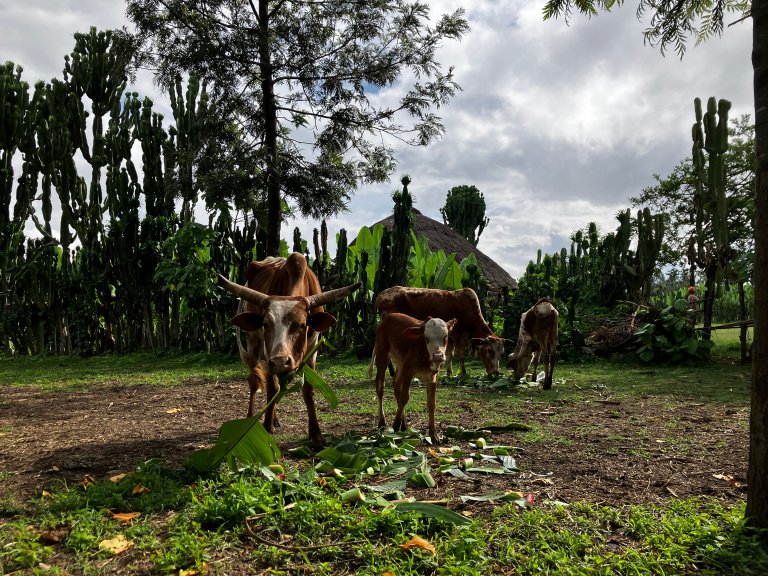
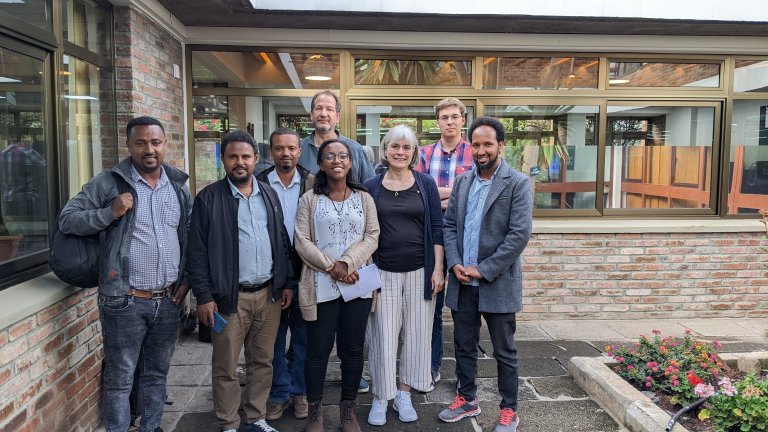
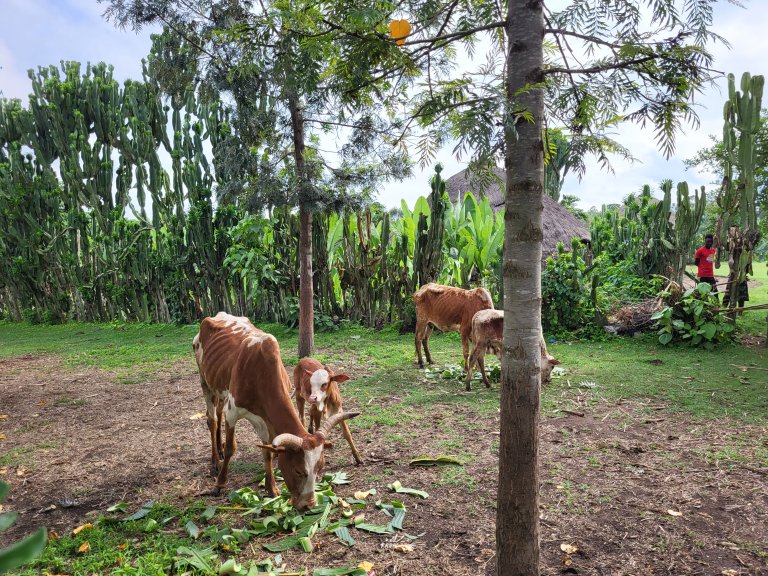
Contacts


